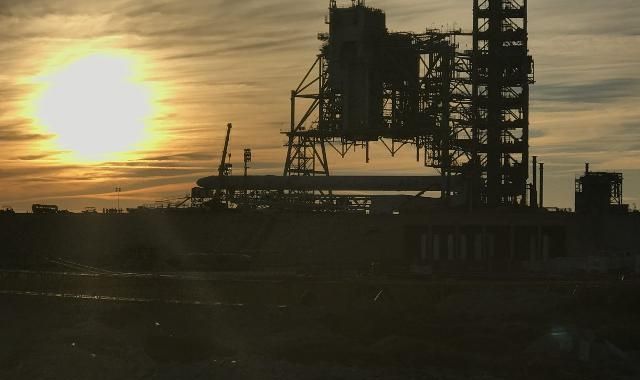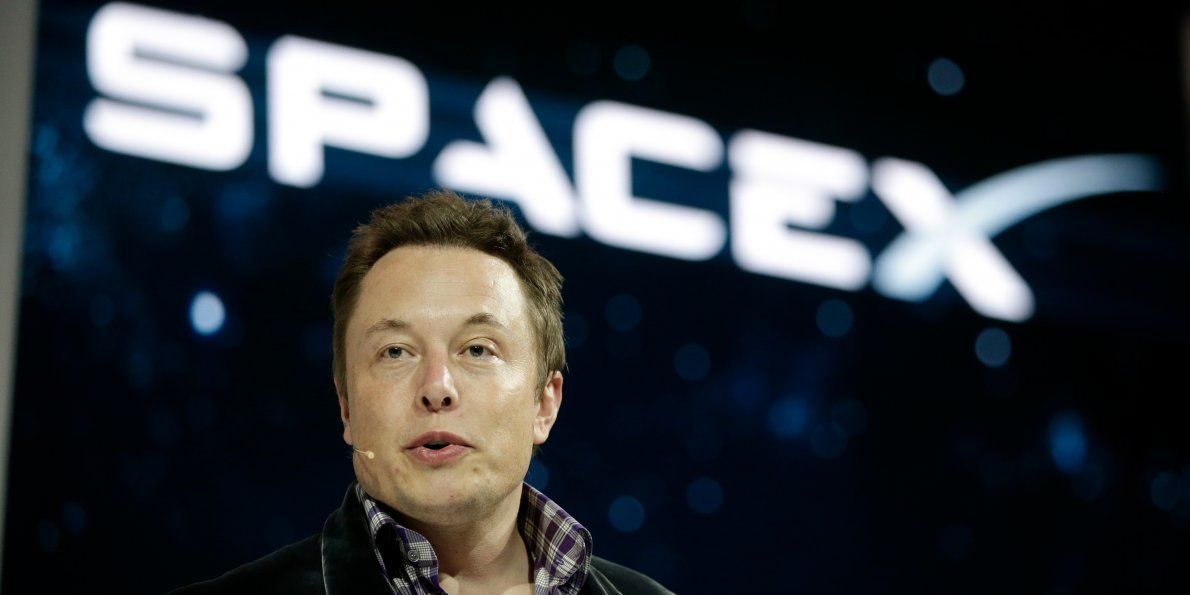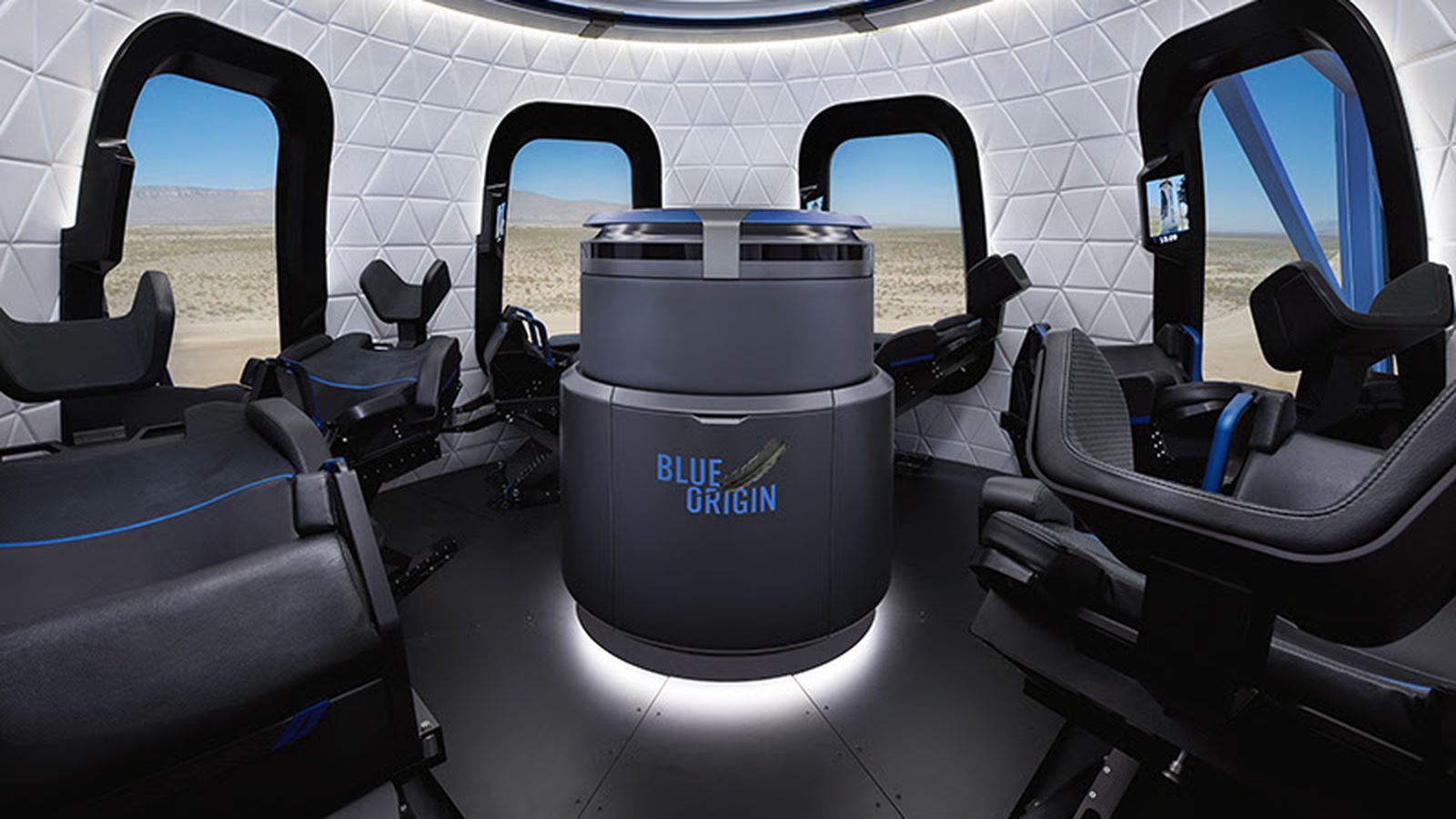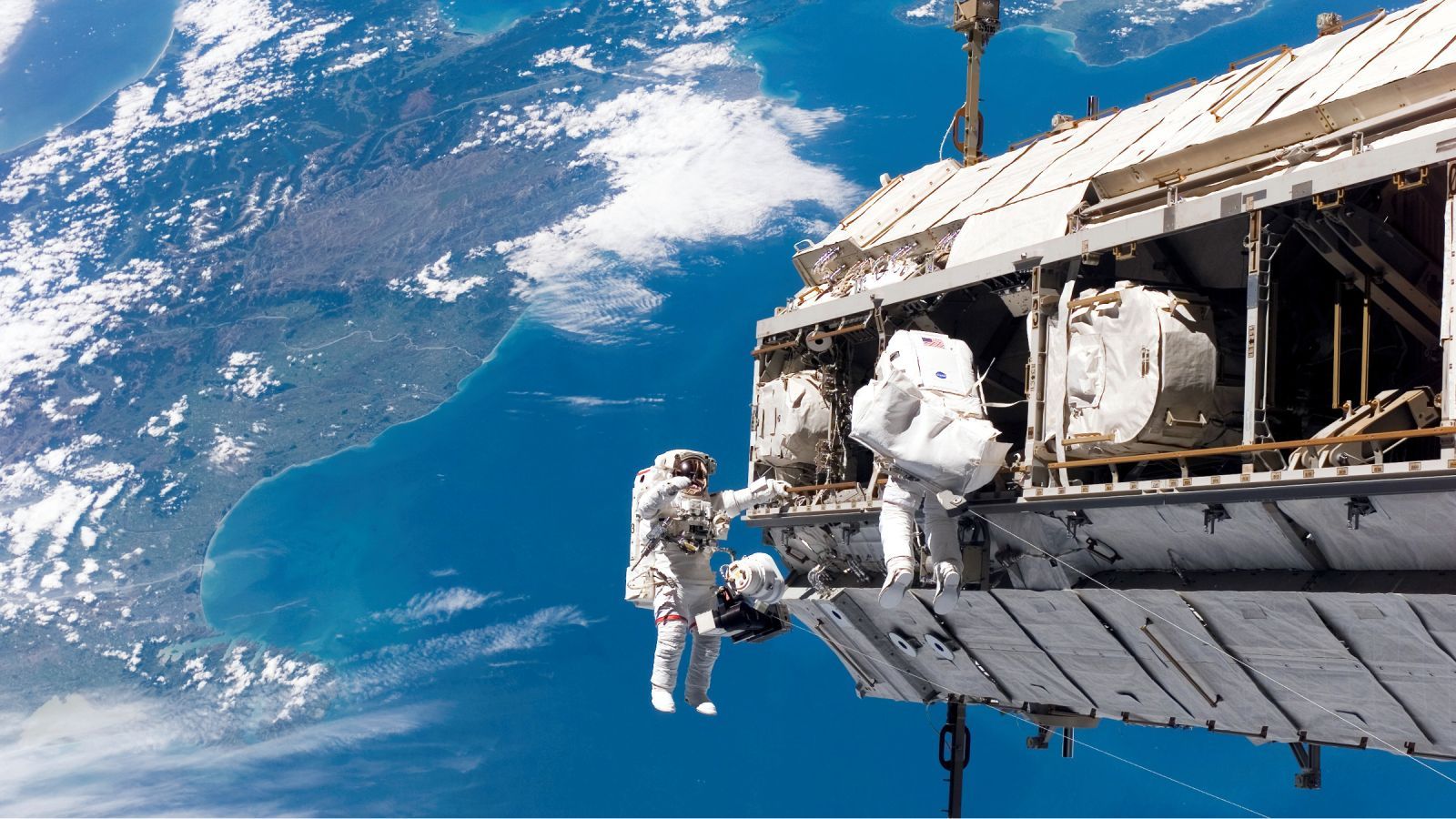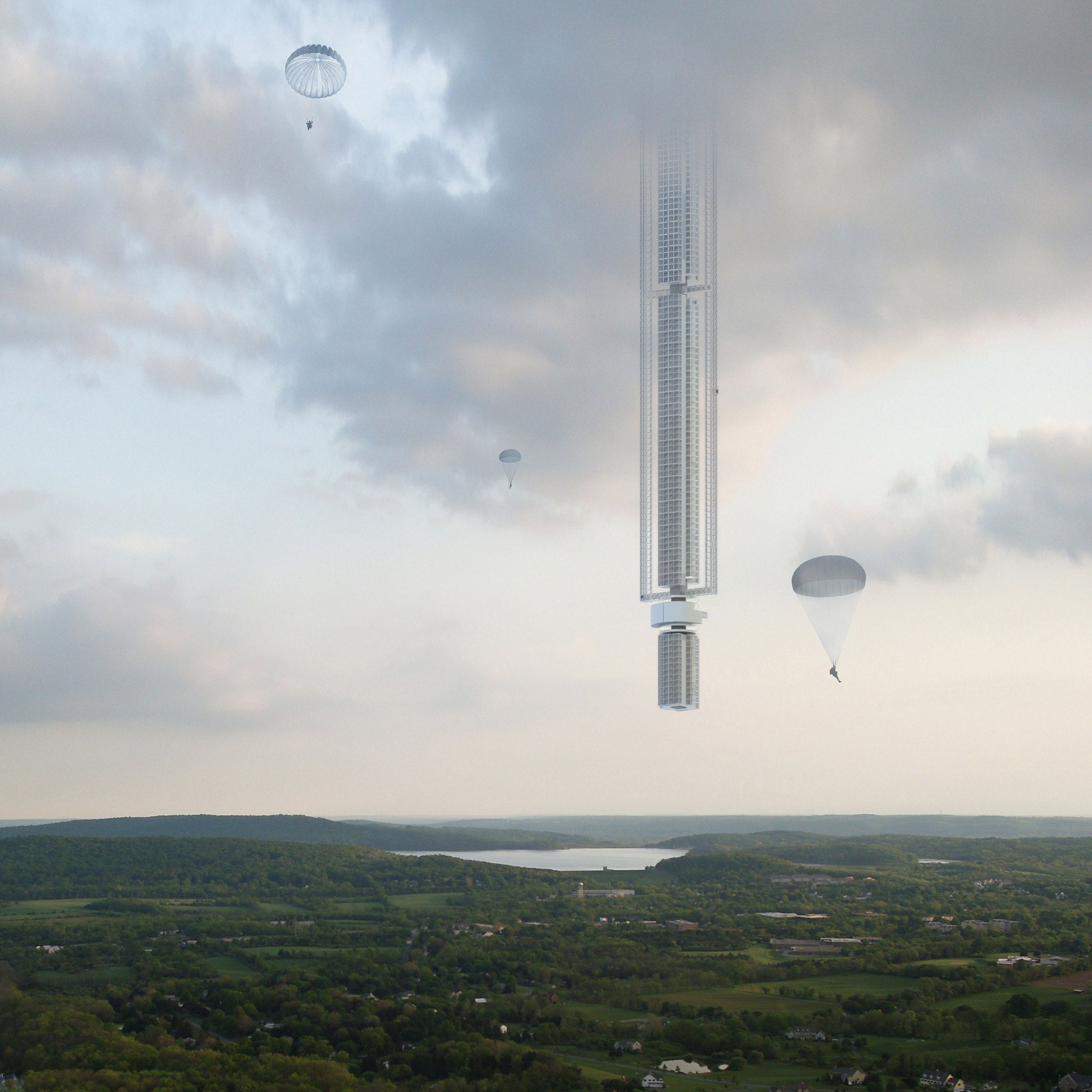Archive for the ‘space travel’ category: Page 441
Mar 31, 2017
Elon Musk has job openings for 473 people at SpaceX — here’s who it’s hiring
Posted by Shailesh Prasad in categories: Elon Musk, space travel
A visit to SpaceX’s careers page reveals a surprising growth plan for Musk’s 15-year-old rocket company.
Mar 29, 2017
Blue Origin releases first interior photos of the capsule that will take tourists to space
Posted by Klaus Baldauf in categories: Elon Musk, space travel
Private spaceflight company Blue Origin has released the first interior photos for the New Shepard, offering a glimpse at what the finished crew capsule will look like.
New Shepard is a reusable vehicle aimed at taking tourists to the edge of space, where they can float around weightless for a few minutes. The rocket has been successfully launched and landed five times already, but no people have ridden in the capsule yet. Blue Origin is planning to take its first paying customers to space by 2018, according to CEO Jeff Bezos.
The photos of New Shepard look quite different from the interior of SpaceX’s Crew Dragon capsule. But while the New Shepard focuses on tourism, the main purpose for Crew Dragon is to send astronauts to the International Space Station. (Though CEO Elon Musk recently announced that he plans to send two tourists around the moon in the spaceship in 2018.)
Mar 28, 2017
The US government is pitting two hugely expensive space projects—the International Space Station and the Space Launch System—against each other
Posted by Simon Waslander in categories: government, space travel
In one corner, we have an international, orbital laboratory that cost over $150 billion to build and operate. In the other, a $23 billion and growing program to develop a huge new deep-space rocket and spacecraft to carry humans to the moon and beyond. Now, they will face off in a Darwinian struggle for survival, unless US lawmakers can find a third way.
“About half of the current [NASA] budget is allocated to low-Earth orbit endeavors which consist of the International Space Station, commercial cargo, and commercial crew,” a former NASA and Lockheed Martin executive, A. Thomas Young, told US lawmakers in February. “The other half of the budget is for human exploration which includes [the Space Launch System rocket] and Orion [spacecraft]. A $4.5 billion annual budget is clearly inadequate for a credible human exploration program. A choice must be made and made soon between [low-Earth orbit] and exploration.”
The decision won’t be made this year. Though there was an astronaut in the oval office as a beaming president Donald Trump signed a bill March 21 to fund NASA through 2018, it didn’t bring the government any closer to launching humans to the ISS, much less to distant planets.
Mar 26, 2017
China Begins Development Of Reusable Rockets For Space Exploration
Posted by Andreas Matt in categories: futurism, space travel
China has signaled that its future lies with reusable rockets to reduce cost and pollution; although they won’t be copying SpaceX’s landing techniques.
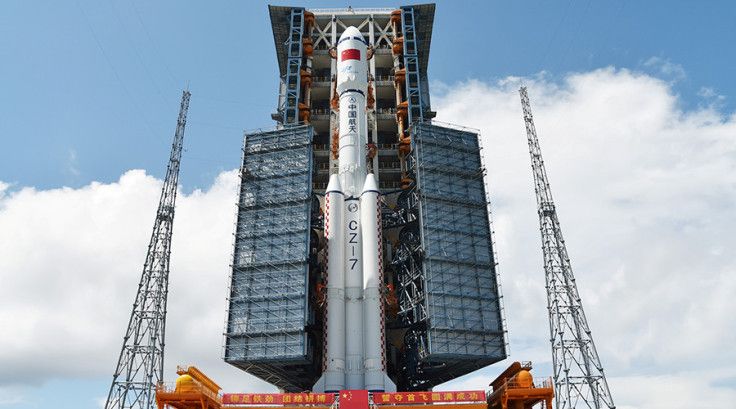
SpaceX were the early pioneers of reusable rocket technology, successfully landing first stage boosters after delivering cargo into orbit, but it looks as though China are keen to follow suit with their own rockets after recognizing benefits of reusability.
Continue reading “China Begins Development Of Reusable Rockets For Space Exploration” »
Mar 26, 2017
NASA taking first steps toward high-speed space internet
Posted by Klaus Baldauf in categories: internet, space travel
The Laser Communications Relay Demonstration (LCRD) will help NASA understand the best ways to operate laser communications systems. They could enable much higher data rates for connections between spacecraft and Earth, such as scientific data downlink and astronaut communications.
“LCRD is the next step in implementing NASA’s vision of using optical communications for both near-Earth and deep space missions,” said Steve Jurczyk, associate administrator of NASA’s Space Technology Mission Directorate, which leads the LCRD project. “This technology has the potential to revolutionize space communications, and we are excited to partner with the Human Exploration and Operations Mission Directorate’s Space Communications and Navigation program office, MIT Lincoln Labs and the U.S. Air Force on this effort.”
Laser communications, also known as optical communications, encodes data onto a beam of light, which is then transmitted between spacecraft and eventually to Earth terminals. This technology offers data rates that are 10 to 100 times better than current radio-frequency (RF) communications systems.
Continue reading “NASA taking first steps toward high-speed space internet” »
Mar 25, 2017
Photon Rockets Might Make Mars A Three Minute Trip
Posted by Bruce Dorminey in category: space travel
Professor says all spacecraft have an ultimate speed limit just below that of light. Let’s hope he’s wrong.
Hypothetical photon rocket drives might one day dramatically shrink interplanetary travel times.
Mar 24, 2017
Supertall skyscraper hangs from orbiting asteroid in Clouds Architecture Office concept
Posted by Klaus Baldauf in categories: 3D printing, habitats, space travel
In a bid to get around terrestrial height restrictions, Clouds Architecture Office has proposed suspending the world’s tallest skyscraper from an asteroid, leaving residents to parachute to earth.
New York-based Clouds Architecture Office drew up plans for Analemma Tower to “overturn the established skyscraper typology” by building not up from the ground but down from the sky by affixing the foundations to an orbiting asteroid.
“Harnessing the power of planetary design thinking, it taps into the desire for extreme height, seclusion and constant mobility,” said the architects, who have previously drawn up proposals for space transportation and a 3D-printed ice house on Mars.
Mar 24, 2017
Critical step in cellualr repair of damaged DNA identifi edwhich could be big for reversing aging and human trials will start within six months
Posted by Klaus Baldauf in categories: biotech/medical, life extension, space travel
UNSW researchers have identified a critical step in the molecular process that allows cells to repair damaged DNA – and it could mean big things for the future of anti-ageing drugs, childhood cancer survivors and even astronauts. It could lead to a revolutionary drug that actually reverses ageing, improves DNA repair and could even help NASA get its astronauts to Mars.
Their experiments in mice suggest a treatment is possible for DNA damage from ageing and radiation. It is so promising it has attracted the attention of NASA, which believes the treatment can help its Mars mission.
While our cells have an innate capability to repair DNA damage − which happens every time we go out into the sun, for example – their ability to do this declines as we age.
Mar 24, 2017
Theoretical Physicists Suggest There’s a Portal Linking the Standard Model to Dark Physics
Posted by Andreas Matt in categories: cosmology, particle physics, quantum physics, space travel
Theoretical physicists have put forward a new hypothesis that aims to connect the world of visible physics to the hidden forces of our Universe: what if there’s a portal that bridges the gap between the standard model to dark matter and dark energy?
The idea is that the reason we struggle to understand things such as dark matter and dark energy isn’t because they don’t exist — it’s because we’ve been oblivious to a portal through which regular particles and these ‘dark particles’ interact. And it’s something that could be tested experimentally.
The idea of portals in the Universe might sound pretty crazy, but let’s be clear for a second: we’re talking portals on the quantum, teeny-tiny scale here — nothing that you could drive a spacecraft through.
